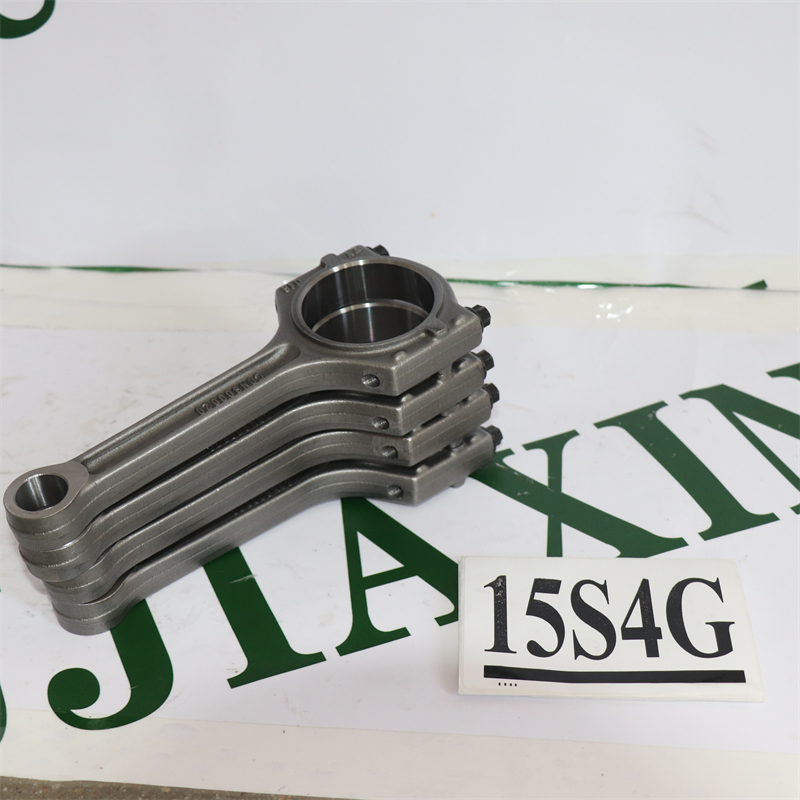Choosing the right car connecting rod is not just about a single part; it’s an engine strategy. The connecting rod bears the piston’s explosive loads, transmits power to the crank, and helps determine how freely your engine revs and how long it lasts. A thoughtfully chosen rod makes performance sweeter, reliability deeper, and maintenance lighter.

Material and manufacturing matter more than most drivers realize. Forged steel rods deliver exceptional strength and fatigue resistance at a reasonable cost, making them a staple for street and track engines. For extreme duty, some builders turn to higher-strength alloy steels or even titanium, trading cost for lighter weight and superior stiffness. Powdered-metal rods can offer excellent consistency and tighter tolerances at scale. The choice affects not just raw strength but tolerance to heat, stress, and micro-cracking — all critical in high-RPM operation.
Weight and balance are equally important. Reciprocating mass drives engine wear and throttling response. Lighter rods reduce piston inertia, improve high-RPM stability, and sharpen throttle response. But lighter isn’t always better; you must balance weight with strength and bearing surface area. The best rods are precisely engineered to optimize stiffness, reduce flex, and maintain perfect balance to minimize vibrations that creep into cylinder walls and bearings.
Geometry and fit are non-negotiable. The rod’s length, big-end bore, and small-end diameter must suit the piston, pin, and crank journals. Proper bearing clearances, surface finishes, and heat treatment extend life by resisting wear and corrosion. Precision machining and meticulous inspection ensure that every rod matches its mates in a synchronized powerhouse rather than an awkward mismatch that could shave years off an engine’s life.
Reliability accompanies every choice. Reputable manufacturers back their rods with traceable material data, tested heat treatments, and quality control that travels from forging or casting to finished part. For performance builds, a balanced set with verified weights and dynamic balancing is essential. This reduces engine harmonics, protects bearings, and helps your engine endure high-speed duty cycles.
How to choose? Consider your goals: daily reliability, track capabilities, or extreme performance. Evaluate material, weight, and stiffness; confirm precise tolerances; demand certified forging, heat treatment, and bearing surfaces; and insist on proper balancing. Finally, choose a supplier with proven QA, long warranties, and clear maintenance guidance.
In the right hands, the connecting rod is more than a link—it’s the heartbeat of your engine, translating power into performance with durability you can trust.
Our products are exported to Germany, Russia, Brazil, Japan, the United States, and the Middle East. We are a trading company. We choose the most stable quality factories in China to cooperate with. We cooperate with 7,600 factories in China and sell 74,000 products each year. , we have 26,000 models in stock.